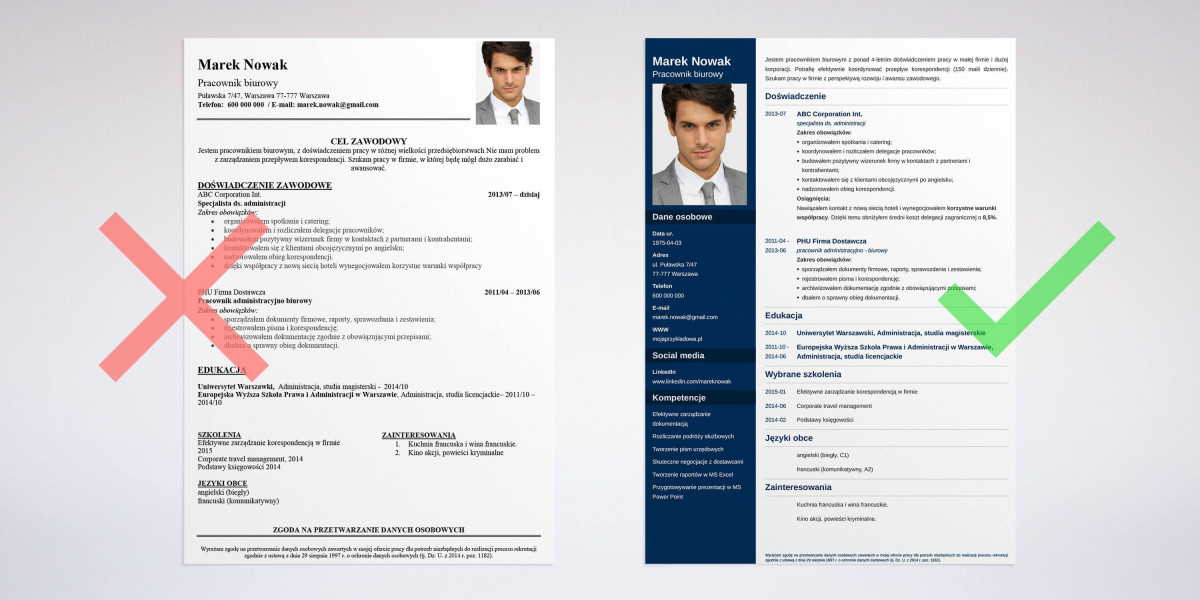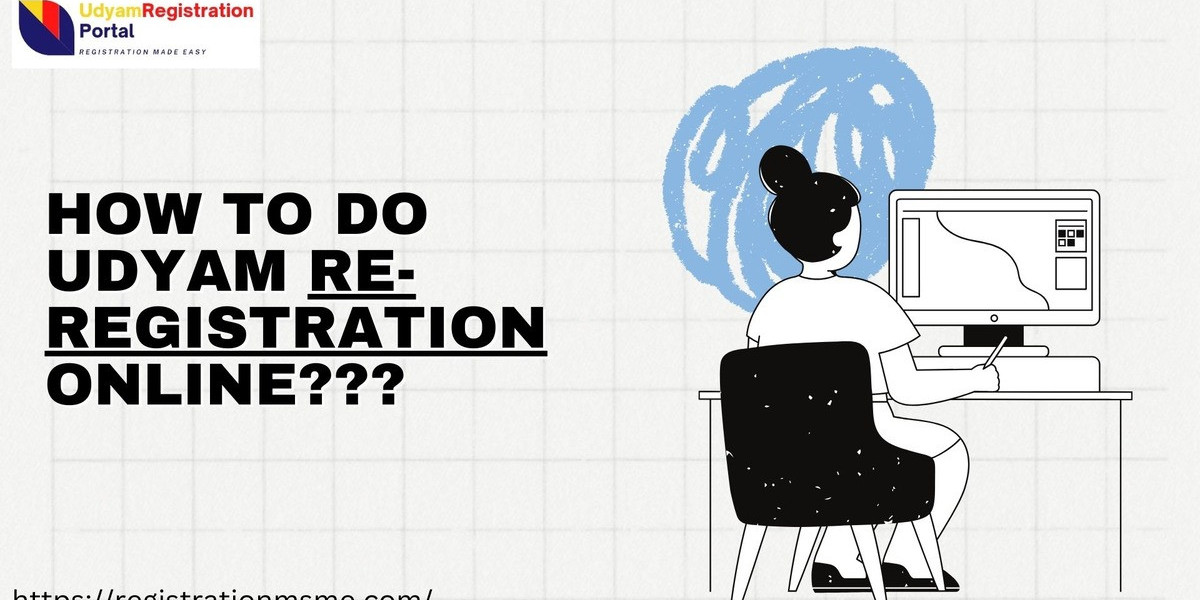What Is CV Formatting and Why Does It Matter?
Creating a strong curriculum vitae goes beyond just listing your work history. CV Formatting refers to organizing your professional information in a way that catches attention and communicates your value quickly.
Think of your document as a marketing tool for your career. The way you present information can be just as important as the information itself. Hiring managers make snap judgments based on how your document looks before they even read the details.
A properly structured document shows you're organized and serious about your career. It helps busy recruiters find what they need without frustration.
Breaking Down the Basics of Document Structure
Starting with Your Header
Your name should be the largest text on the page. Place it at the very top where eyes naturally land first.
Right below, add your contact details. Include your phone number, professional email, and city with state. Job seekers in Texas, California, New York, and Florida should clearly show their location since many employers search locally.
Skip outdated information like your full mailing address. Most communication happens digitally now anyway.
Writing Your Opening Statement
Create a snapshot of who you are professionally in just a few lines. This brief paragraph sits right under your contact information.
Describe your current role or career focus. Mention how many years of experience you bring. Highlight one or two standout qualifications that make you memorable.
Keep this section to four sentences maximum. Think of it as your elevator pitch in written form.
Presenting Your Work History
This section carries the most weight in your document. Start with your current or most recent job and move backward through time.
For each position, format consistently:
- Your job title
- The company or organization name
- Dates you worked there
- What you accomplished in that role
Use short statements that begin with action words. Instead of writing paragraphs, create quick-to-scan bullet points.
Focus on results rather than just duties. Numbers make your achievements more concrete and believable.
Showcasing Your Education
After your experience section comes your academic background. List your highest degree first.
Include the degree name, school name, and year you completed it. If you graduated recently, you might add relevant coursework or honors.
Professional certifications belong here too. Healthcare workers, especially those practicing CV Formatting in Texas standards, should prominently display licenses and credentials.
Mistakes That Hurt Your Chances
Cramming Too Much Information
Many people try to fit everything onto one page by shrinking margins and reducing spacing. This backfires by making the document hard to read.
Leave breathing room around your text. Adequate white space actually draws attention to your content rather than hiding it.
Using Multiple Font Styles
Stick with one professional font throughout. Changing fonts between sections looks unprofessional and chaotic.
Standard options like Calibri or Arial work perfectly fine. Save creative fonts for design portfolios, not professional documents.
Sending the Wrong File Type
Always export as a PDF unless the job posting specifically asks for something else. Word documents can shift and break when opened on different computers.
Your perfectly aligned document might turn into a mess on the recruiter's screen if you send a Word file.
Adapting Your Approach by Location
Meeting Texas Employer Expectations
The Texas job market includes everything from energy companies to medical facilities. Your document structure should reflect the industry you're targeting.
Healthcare roles require clear certification information. Technical positions benefit from listing specific systems or programs you know.
Standing Out in California
California companies often value innovation and forward thinking. Structure your document to emphasize projects where you solved problems creatively.
Competition runs high in this state, so your formatting needs to be absolutely clean.
Matching New York Business Culture
New York employers appreciate brevity and concrete results. Make every word count and remove fluff.
Include numbers that demonstrate your impact. Percentages, dollar amounts, and timeframes add credibility.
Addressing Florida's Diverse Industries
Florida's economy spans tourism, aerospace, healthcare, and more. Research the sector you're applying to and adjust accordingly.
Emphasize transferable skills if you're switching between industries within the state.
When to Consider Professional Help
Creating a polished document takes time and objectivity. CV Formatting services offer expert eyes to strengthen your presentation.
These specialists understand current trends and what different industries expect. They can spot weaknesses you might miss in your own work.
Many providers serve clients across Texas, California, New York, and Florida through virtual consultations. This makes professional guidance accessible regardless of where you live.
Preparing Your Document for Submission
Read through your finished document several times. Check for typos, grammar issues, and awkward phrasing.
Have someone else review it too. Another person will catch errors your brain automatically corrects when you read your own writing.
Adjust your document slightly for each job application. Emphasize the experience most relevant to that specific position.
Questions People Ask About CV Formatting
How long should my CV be?
Aim for one to two pages if you have less than 15 years of experience. More senior professionals or academics might need three pages. Quality matters more than quantity, so only include information that strengthens your case.
What's the difference between a CV and a resume?
In the United States, these terms are often used interchangeably. Traditionally, CVs are longer and used mainly in academic or research fields, while resumes are brief and used for most jobs. For practical purposes, follow whatever the job posting requests.
Should I include references on my CV?
No, save space by leaving references off your main document. Prepare a separate reference list to provide when employers specifically request it. Simply noting "References available upon request" is now considered outdated and unnecessary.
What information should I never include?
Leave off your age, marital status, Social Security number, and photo (in U.S. applications). These details aren't relevant to your qualifications and can introduce bias into the hiring process.
How do I format my CV if I'm changing careers?
Focus on transferable skills rather than job titles. Create a skills-based section near the top that highlights abilities relevant to your new field. Frame your past experience in terms of how it applies to your target industry.
Is it okay to use templates?
Templates provide a good starting point, but customize them to fit your needs. Avoid templates that are overly decorative or complicated. Simple, clean layouts work best across all industries and application systems.













